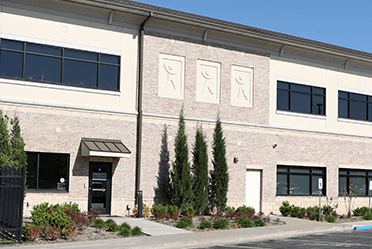The OSU Biomedical Imaging Center provides superior screening and diagnostic imagery with Prisma and Vida 3T MRIs. Our world-class technology offers shorter scan times which result in improved diagnosis and care plans for physicians and their patients. With Prisma and Vida scanners, we support virtually all neurological and musculoskeletal imaging, both with and without gadolinium contrast. Our outpatient clinic is staffed with highly-trained experts and offers flexible scheduling and convenient parking.
OSU Biomedical Imaging Center offers multiple MRI modalities:
- Breast
- Body
- MR Angiography (MRA)
- Musculoskeletal/Orthopedic
- Neurological (Brain and Spine)
Additional Benefits:
- Competitive self-pay prices for patients who are uninsured or have a high deductible plan.
- Convenient parking available just feet away from the clinic entrance.
- The price for non-contrast MRI scans is $425; and $525 for contrast MRI scans. All prices include the radiologist reading-fee.
- MRI Scans available Monday through Friday from 7:30 a.m. – 11 p.m. to accommodate patients’ busy schedules.
- Offering “Fed & Wrapped” non-sedated pediatric MRI from birth through adolescence.
- Offering two 3T MRIs: a Siemens PRISMA and a Siemens Vida Wide-Bore Scanner allowing for rapid scheduling and to accommodate patients who struggle with claustrophobia or who need extra space (weight limit of 550lb).
- Our clinic will obtain all necessary insurance authorizations.
- Siemens Deep Resolve Boost technology accelerates image collection, resulting in exceptional images often in half the time of other scanners.
The completed MRI Order form can be faxed to: 539-325-6569. Please call 539-325-6560 with any questions.
